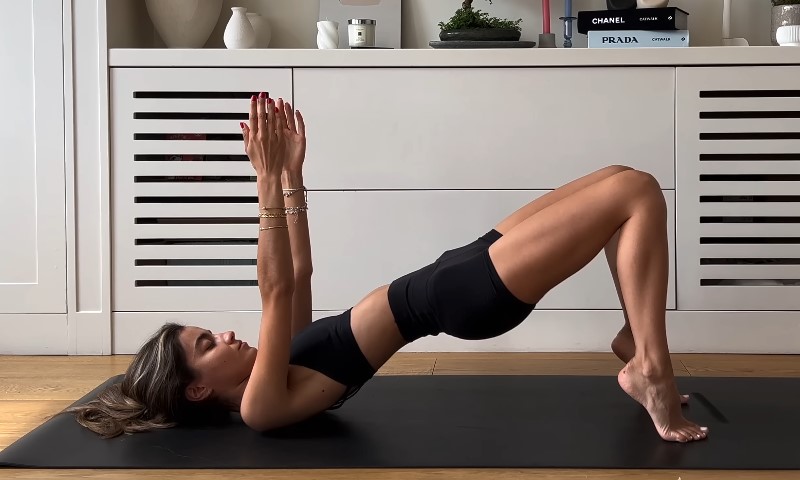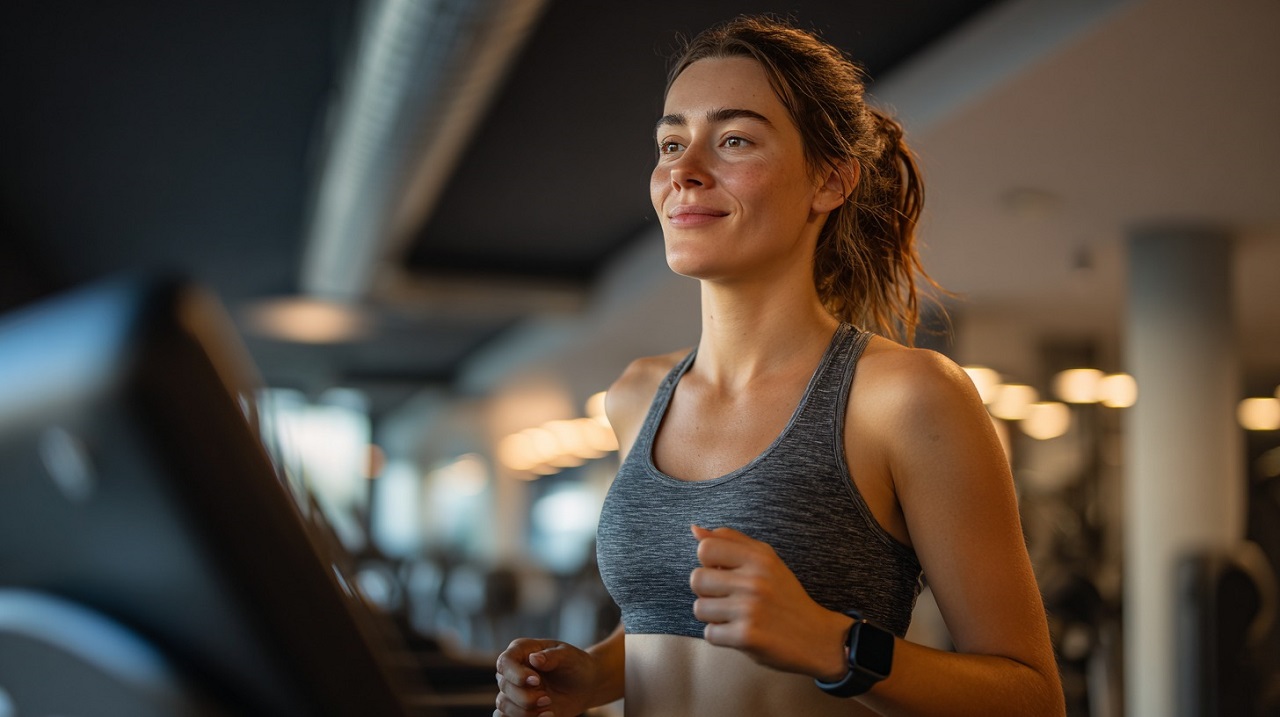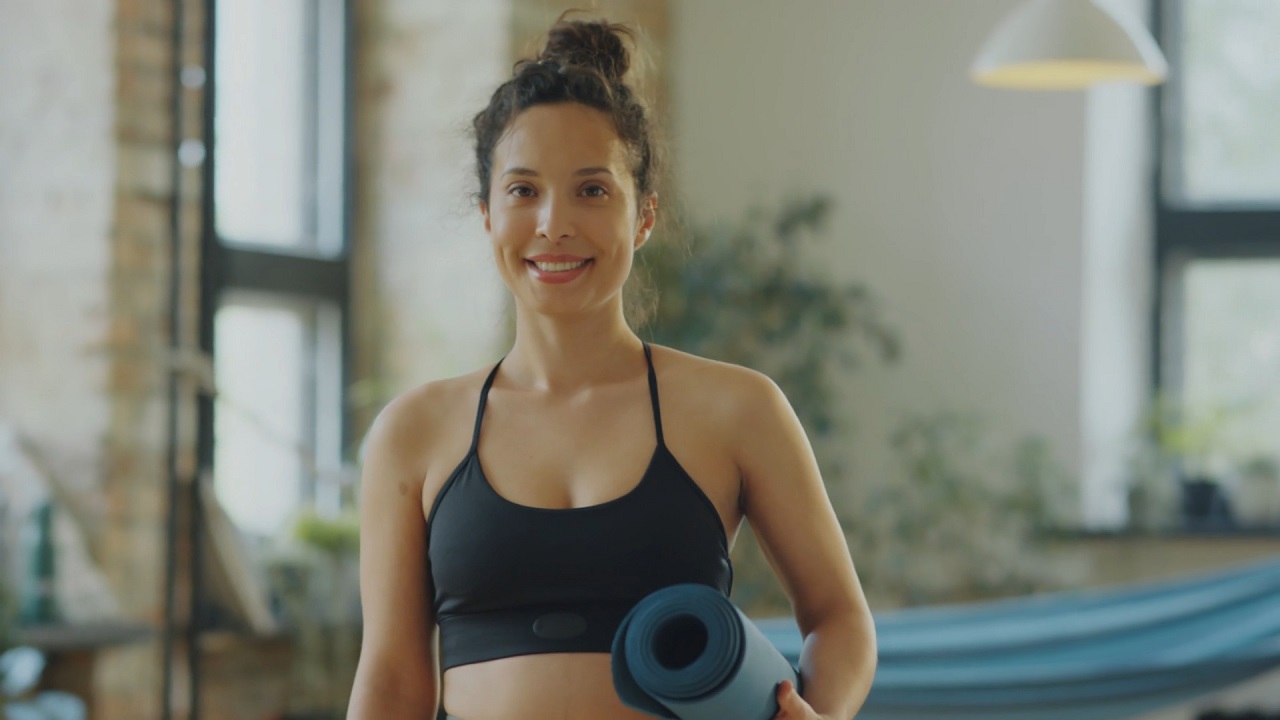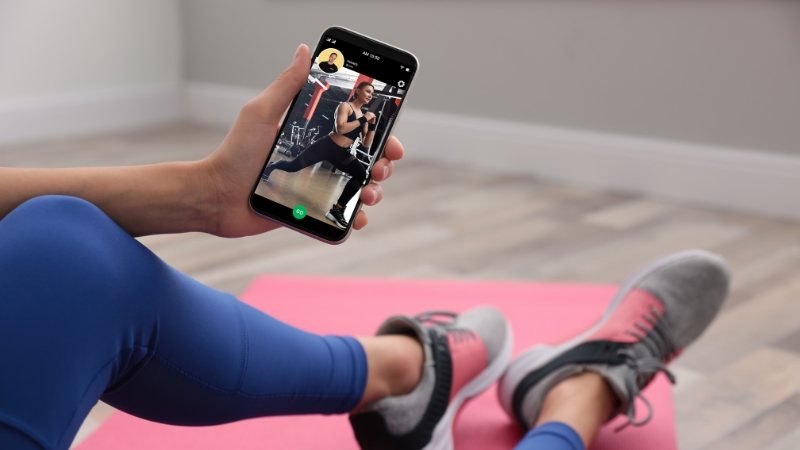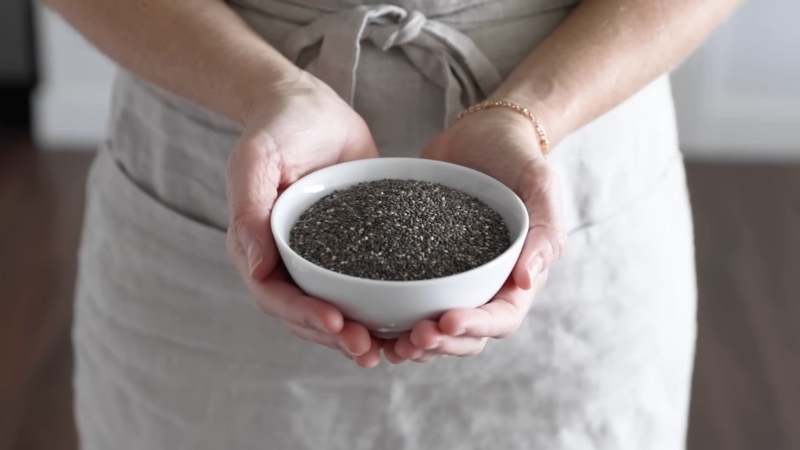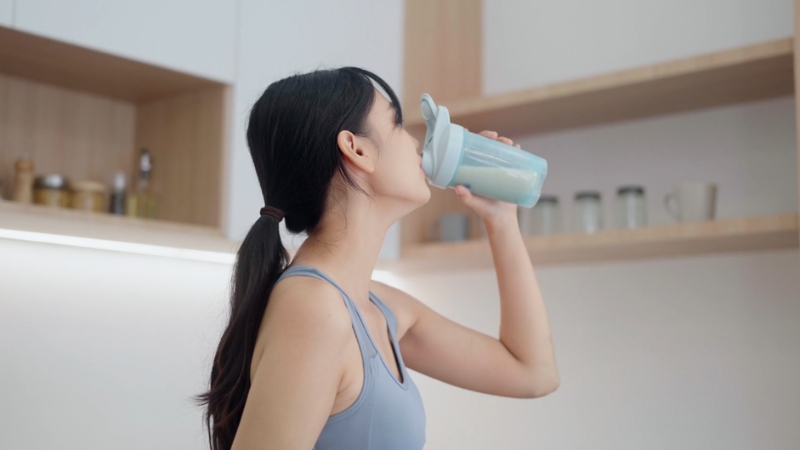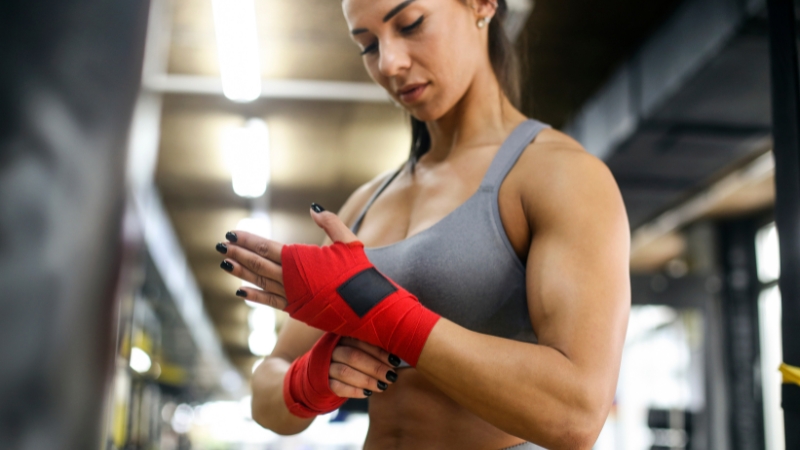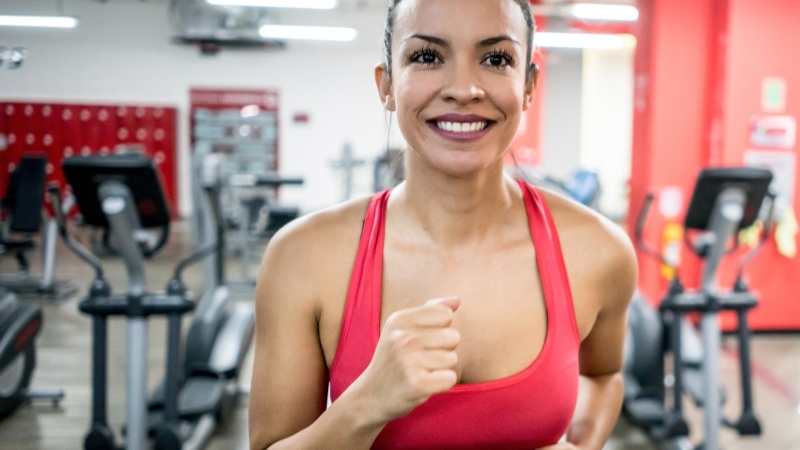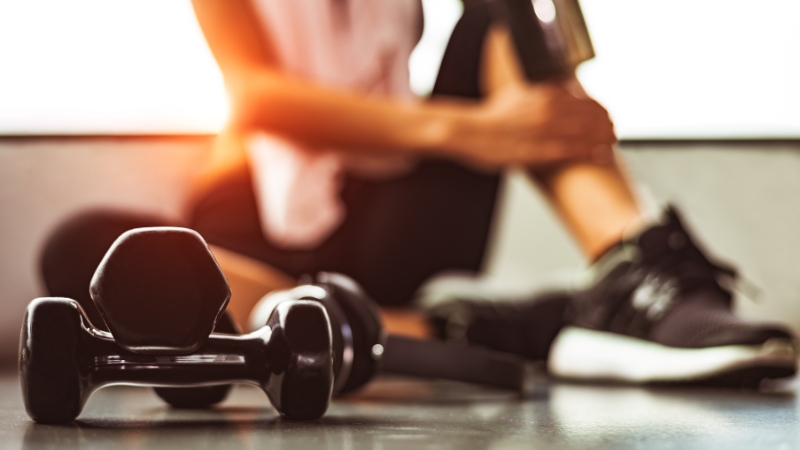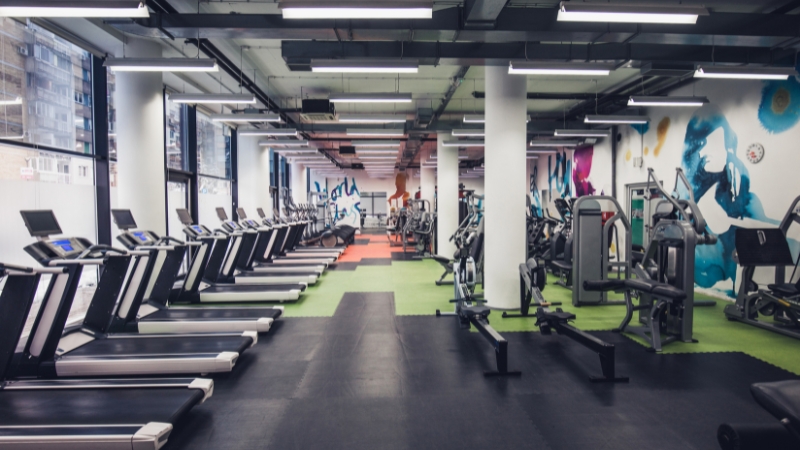
Share Post:
Creating an energizing gym environment depends just as much on spatial design as it does on equipment selection.
A space that feels open, bright, and breathable encourages people to stay longer, push harder, and return more often.
Design choices influence mood, build consistency, and shape the overall workout experience.
In both commercial gyms and home fitness areas, the goal remains to inspire movement while supporting emotional ease.
1. Prioritize Spatial Layout and Zoning
A well-thought-out layout does more than organize; it shapes how people feel as they move through the gym. Separating the space into clearly defined zones promotes both mental clarity and physical momentum.
Cardio machines should line one area, resistance equipment another, and quieter corners should accommodate stretching, mobility work, or cool-down routines.
Instead of guessing how to structure the space, map it out based on user behavior and energy levels required for each zone.
For example, high-intensity zones such as treadmills and rowers should be placed closer to natural light sources, while restorative areas deserve a quieter placement with softer surroundings.
This kind of logical flow builds rhythm and eliminates unnecessary distractions.
- Cardio area: Treadmills, ellipticals, spin bikes—situated near windows or TVs to keep energy up
- Strength area: Free weights, benches, machines—organized in rows to optimize movement and safety
- Functional/stretching area: Mats, foam rollers, yoga accessories—placed in a quieter section with room for ground-based movements
- Cooldown or mobility area: Equipped with minimal distractions and enough space to recover comfortably
Avoid placing bulky machines too close together. Walkways should be open enough to accommodate more than one person passing through.
Design choices that allow users to move freely between stations prevent bottlenecks and reduce anxiety.
Cramped layouts not only impact movement quality but also risk injury and disrupt the flow of workouts.
Visual clutter sends the wrong message. Overcrowded equipment might look impressive at first glance, but it drains focus.
Fewer, more versatile machines often work better than an excess of gear with similar functions. Design with intention, not just ambition.
2. Biophilic and Calming Elements
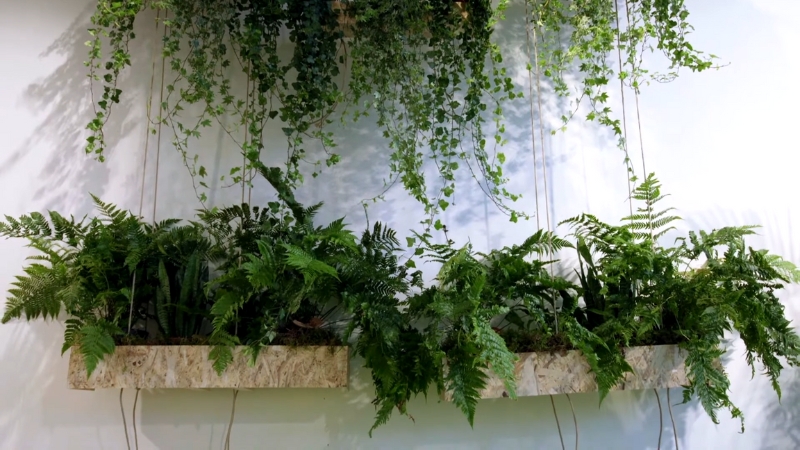
Design rooted in nature soothes the senses and restores mental balance. High-energy environments need contrast, spaces where the mind can slow down and the body can relax.
Bringing natural elements into a gym softens its harder edges, inviting calm into the process of physical intensity.
Greenery delivers instant relief. Even a few well-placed plants bring vibrancy and depth into sterile rooms. Large potted plants work well in corners, while hanging or wall-mounted arrangements make use of vertical space.
Live plants purify the air and create visual rest points that reset mental fatigue between sets. Artificial options offer similar benefits without maintenance.
Useful ways to introduce greenery:
Materials matter too. Cold industrial finishes can feel emotionally distant. By selecting warm, natural textures, the space becomes more welcoming.
Wood grain floors, bamboo dividers, or stone accent walls help ground the room emotionally.
Suggestions for calming textures:
For a personal touch in rest zones or social corners, consider offering creative activities like Number Artist paint-by-numbers kits. These guided art sets promote mindfulness, reduce stress, and offer members a soothing outlet between workouts.
3. Maximize Natural Light and Ventilation
Light and air carry more influence than most realize. Both shape perception and regulate energy, and set emotional tone. When natural light fills a room, workouts feel less like a chore and more like an energizing reset.
Spaces illuminated by daylight create a mental cue for alertness and positivity, encouraging people to push further.
Windows should never be an afterthought. Position cardio machines or high-output areas close to daylight sources. Use skylights or glass panels when wall space is limited.
For those building home gyms, even one strategically placed window can change the room’s energy entirely.
These design strategies help implement the idea:
Ventilation holds equal importance. Stale air causes fatigue, encourages unpleasant odors, and creates an environment that feels heavy.
In smaller gyms or home environments, ceiling or wall-mounted fans make a noticeable difference. In larger commercial spaces, well-maintained HVAC systems with strong filtration offer comfort and circulation.
Without movement of air, energy levels suffer.
Design adjustments to ensure clean, breathable air include:
4. Use Mirrors to Expand Visual Space
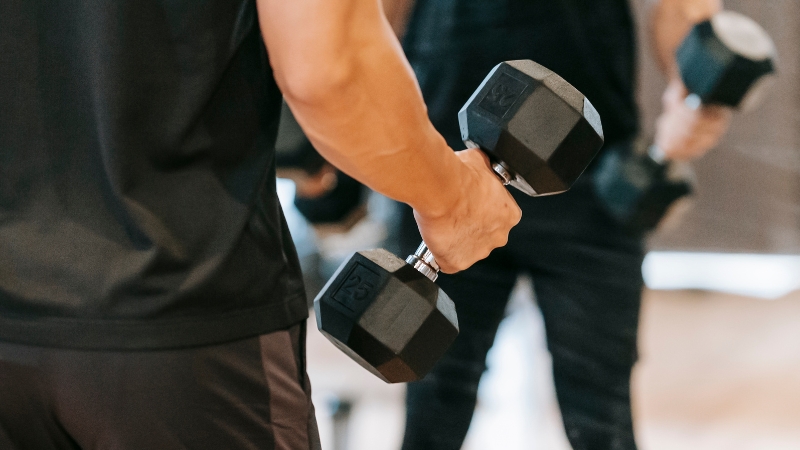
Visual perception influences how space feels. Mirrors act as powerful tools to trick the eye into seeing more room than actually exists.
Floor-to-ceiling installations reflect light, stretch sightlines, and invite a greater sense of presence. A gym that feels bigger than it is creates mental ease and boosts confidence.
Mirrors also serve a practical function. They provide visual feedback for form correction, enabling users to observe posture and alignment during exercises.
Positioning mirrors near squat racks, stretching zones, or lifting platforms increases awareness and reduces injury risk.
Thoughtful placement can redefine room dynamics. One large mirrored wall might make more sense than several smaller ones. Pairing mirrors with light sources intensifies brightness and opens the room visually.
For a more boutique or polished aesthetic, designers can introduce:
Even modest home gyms benefit from reflective surfaces. In compact rooms, a single mirrored panel can double perceived depth and guide movement direction.
For multi-use areas, mirrors with sliding panels or fold-out features offer flexibility without committing to full-wall coverage.
5. Invest in Smart Flooring and Soft Acoustic Materials
#GYMFLOORING I 🤨Is your gym flooring outdated?
🧐 The flooring you choose has a huge impact on your overall success, as well as being able to reduce noise and the risk of damage and injuries.https://t.co/afdZA6g7aN pic.twitter.com/KeoO24Yzqe
— Pavigym (@pavigym) October 14, 2021
Surfaces matter. Feet meet the floor with every rep, jump, or stretch. Flooring becomes a foundation for performance, safety, and atmosphere.
Quality underfoot support is often overlooked, yet it’s one of the first elements users physically interact with. It determines balance, impact absorption, and overall comfort during training.
Choose materials that absorb shock, prevent slipping, and resist wear. In weightlifting zones, thick rubber mats provide impact protection and reduce vibration.
Foam tiles or interlocking systems suit bodyweight and mobility workouts, offering cushion without instability.
Luxury vinyl tiles blend form with function and work well in multi-purpose spaces. Each flooring decision should align with workout intensity and user needs.
Recommended flooring options include:
Sound plays a major role in mental focus. Clattering weights, echoes, and machine noise create tension and distraction.
Soft acoustic materials help absorb harsh sound and support a more centered workout experience. Without proper sound control, even a visually pleasing gym can feel chaotic.
6. Optimize Lighting Design for Energy and Ambiance
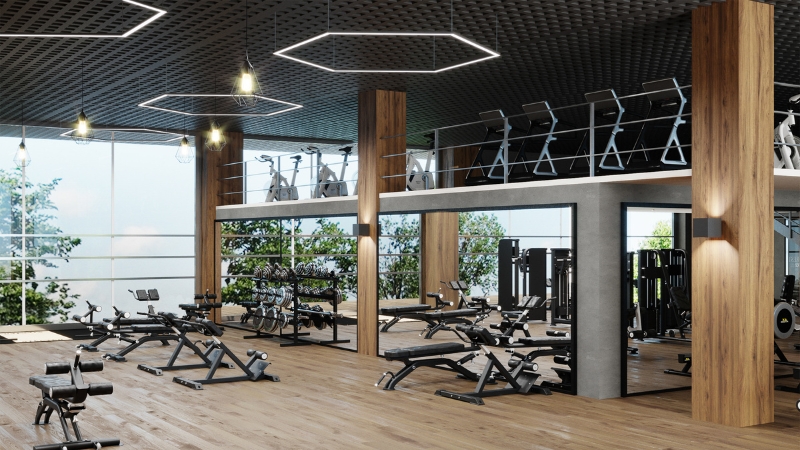
Lighting guides energy, directs focus, and transforms the emotional tone of a room. In a gym, it becomes one of the most effective tools for creating functional variety and maintaining motivation.
Balanced lighting systems ensure that each workout area supports its purpose:
Layered lighting systems work best. Ambient lighting covers the base, creating an even, comfortable brightness throughout the gym. Task lighting highlights specific zones like benches, squat racks, or mirrors where precision and visibility matter.
Accent lighting adds a stylish finish, drawing attention to architectural details or inspirational quotes on the wall.
Practical examples of lighting layers include:
Color temperature plays a powerful role in shaping how a space feels. Cool white light enhances alertness and works well in cardio or strength areas.
Warm tones invite relaxation and help define zones meant for stretching, yoga, or cooldowns.
Choose lighting temperatures based on energy levels:
Lighting should adapt, not dominate. Dimmers allow for flexibility throughout the day, brighter in the morning to energize, softer in the evening to wind down.
They also help save energy and reduce glare during quieter hours.
7. Add Personal, Motivating, and Social Touches
@steven HOW TO STAY MOTIVATED FOR THE GYM 💪🏽🔥 #stevenbartlett #fittok #fitness #gymlife #gymmotivation ♬ original sound – The Diary Of A CEO
Design without personality feels cold. Personal touches create an emotional connection, while motivating features keep energy high.
Adding social elements transforms a gym into a space where people don’t just work out, they return, engage, and invest in their routine.
Motivation begins with the environment. Simple visual cues can go a long way. Framed quotes, training mottos, or brand values reinforce purpose during tough workouts.
Wall art featuring local athletes, gym achievements, or group photos adds familiarity and encourages accountability.
Ways to introduce motivational cues:
Social spaces reduce pressure and boost community spirit. A small lounge or seating area with greenery offers a place for recovery, conversation, or waiting between sets.
Even a couple of chairs near the entrance encourage interaction and bring warmth into the space.
The Bottom Line
A well-designed gym that feels open and comfortable encourages consistency and elevates the overall experience.
Clear zoning, airflow, intentional lighting, natural materials, and inspiring visuals work together to sharpen focus and boost energy.
Fitness thrives in spaces that promote movement, reduce stress, and make each visit feel purposeful. Every design choice matters.
Related Posts:
- Gym Business Startup Checklist - Everything You Need…
- 12 Ways To Feel More Confident In Your Body Without…
- 8 Early Morning Workout Spots That Open Before 6 AM in NYC
- Posing Tips and Techniques - 10 Tips for Female Bodybuilders
- Gym Etiquette Guide - Graceful Tips for Staying…
- Watermelon Juice for Weight Loss - A Recipe That Can…


